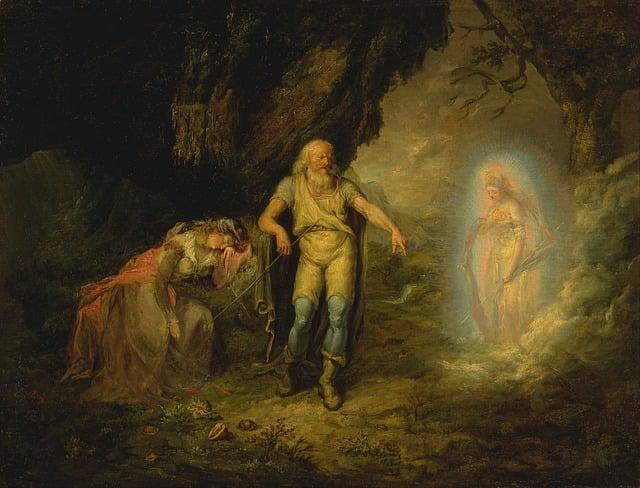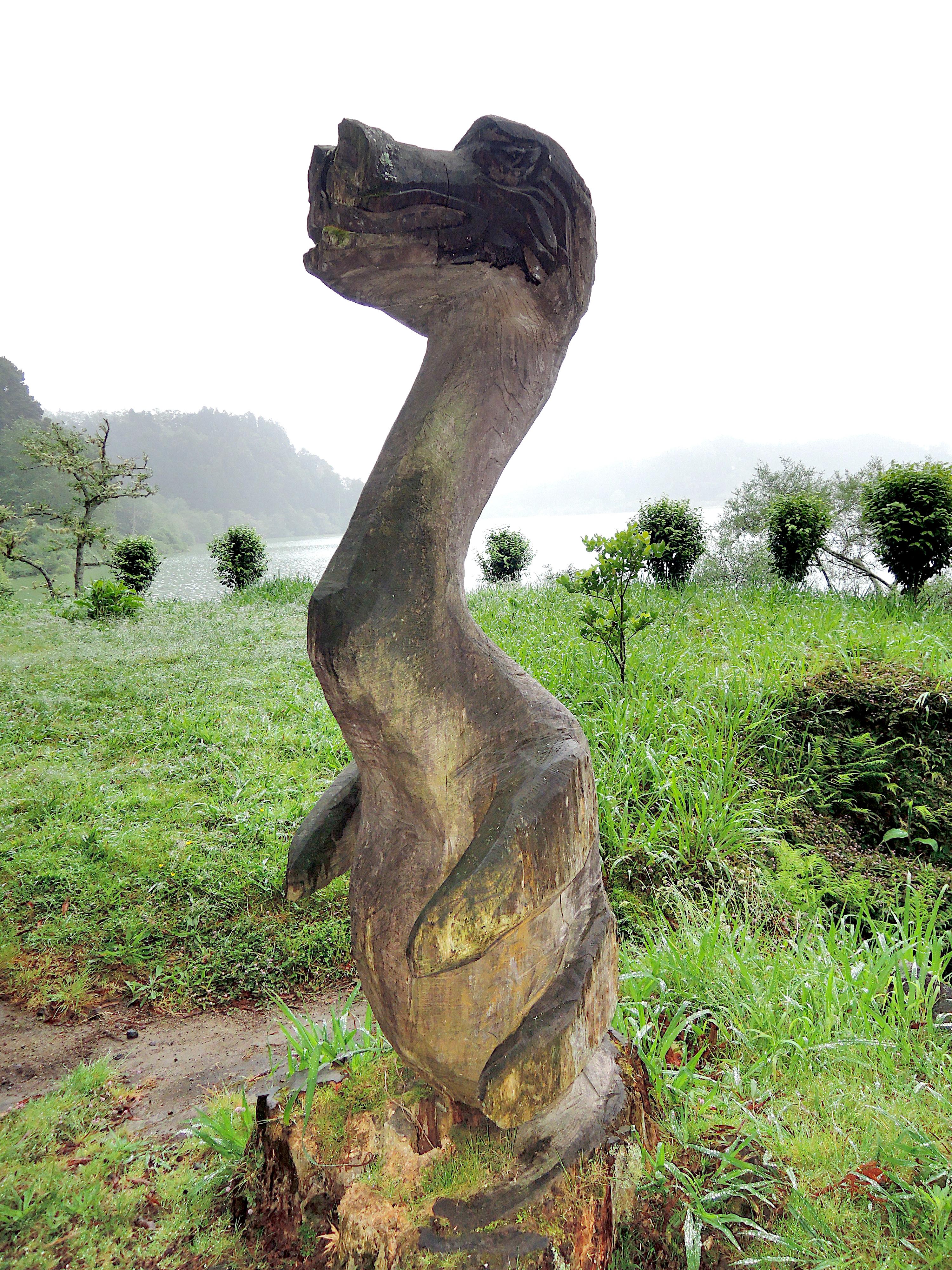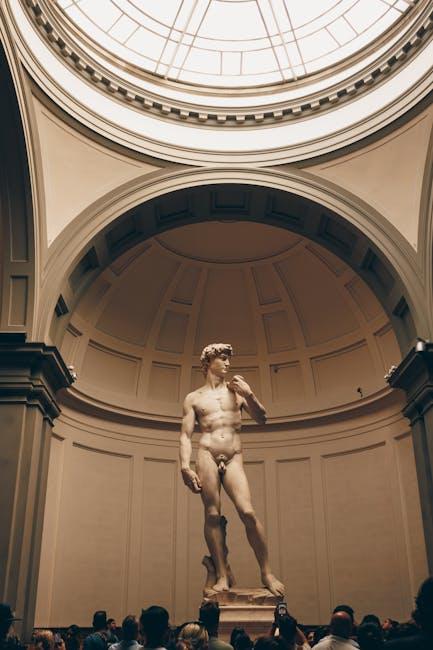Table of Contents
- Understanding Public Domain Art and Its Market Potential
- Identifying High-Value Public Domain Works for Resale
- Navigating Legal Considerations When Selling Public Domain Art
- Strategies for Effectively Marketing Public Domain Art Online
- Building a Profitable Business Model Around Public Domain Art Sales
- Q&A
- In Conclusion


Understanding Public Domain Art and Its Market Potential
Public domain art presents an alluring opportunity for creatives and entrepreneurs seeking to tap into a rich reservoir of cultural heritage. Works that fall into this category are no longer under copyright protection, allowing anyone to use, reproduce, and adapt them freely. This opening up of historical artworks, illustrations, and even photographs invites new interpretations and innovative applications, ranging from merchandise to digital media. The vibrant array of well-known pieces from artists like Vincent van Gogh and Claude Monet can be revitalized to create unique products, attracting art lovers and casual consumers alike.
When diving into the realm of public domain art, it’s essential to recognize its market potential. Many businesses leverage classic artwork to enhance their brand identity, using recognizable visuals to attract attention and create a narrative that resonates with their audience. Approaches include:
- Merchandising: Producing items like posters, t-shirts, and home décor that feature adapted works.
- Digital Content: Utilizing public domain art in blogs, social media posts, or digital marketing materials to boost engagement.
- Artistic Development: Incorporating elements of public domain pieces into new artwork, providing a fresh perspective while paying homage to classic styles.
Understanding the landscape is equally vital. The demand for public domain art can fluctuate depending on market trends and consumer preferences. Therefore, keeping an eye on current design trends and art movements will help optimize successful selling strategies. Exploring platforms such as Etsy, Redbubble, or even personal e-commerce websites can further enhance visibility. To better grasp this dynamic market, consider creating a simple analysis table to track interests and sales potential:
| Art Trends | Market Demand | Potential Products |
|---|---|---|
| Vintage Aesthetic | High | Prints, Apparel |
| Minimalist Designs | Medium | Stationery, Wall Art |
| Whimsical Illustrations | Growing | Kids’ Products, Decor |
By leveraging these insights, sellers can navigate the expansive landscape of public domain art with strategic vision, ensuring that their offerings resonate with audiences eager to embrace both nostalgia and creativity.


Identifying High-Value Public Domain Works for Resale
When exploring the world of public domain art, it’s essential to pinpoint works that not only resonate with audiences but also hold significant resale value. High-quality pieces can come from various genres and time periods, including classic paintings, vintage illustrations, and timeless photographs. To maximize your resale opportunities, consider the following factors that contribute to a work’s desirability:
- Historical Significance: Look for art associated with pivotal moments in history or renowned artists whose influence is still celebrated today.
- Visual Appeal: Choose works that possess striking colors, captivating themes, or unique compositions that can attract a wide range of potential buyers.
- Market Trends: Keep an eye on current design trends, including popular color palettes and styles, to ensure that your selections remain relevant and appealing.
Utilizing resources like digital archives or public domain collections can help streamline your search for valuable art. Libraries, museums, and online galleries often provide access to a treasure trove of public domain content. However, it’s important to evaluate the provenance and context of each piece; some factors to monitor include:
| Factor | Explanation |
|---|---|
| Artist Background | Research the artist’s life and body of work to gauge their impact on art history. |
| Condition and Quality | Assess the visual quality and any physical limitations of the piece. |
| Popularity | Check online platforms or auction sites for sales trends related to specific works or styles. |
After securing a list of high-potential pieces, think about how to creatively display and market them for resale. This may involve creating unique reproductions, engaging in storytelling to give context to the artwork, or even bundling pieces together that complement each other. Remember, the art of selling public domain works lies not only in their acquisition but also in crafting a narrative that enchants prospective buyers while showcasing the artwork’s timelessness and relevance.
Navigating Legal Considerations When Selling Public Domain Art
When delving into the realm of public domain art, it’s essential to understand the intricacies of copyright and intellectual property rights. Public domain art refers to works whose copyright has expired, been forfeited, or are inapplicable for other reasons. This means you have the freedom to not only use these works but also to sell them; however, certain considerations must be taken into account:
- Verify Public Domain Status: Ensure that the artwork is genuinely in the public domain by researching its origin, creator, and copyright history.
- Avoid Misrepresentation: Clearly communicate the public domain status of the art to potential buyers to maintain transparency and trust.
- Transformative Use: If you’re enhancing or altering the artwork, consider how these changes might affect its original recognition and its public domain status.
Also, it’s crucial to be aware of the aesthetic aspects that may incorporate legal implications. For example, while the art itself might be free to sell, accompanying elements and designs that you introduce can create new copyright protections. It’s beneficial to keep in mind the following:
| Aspect | Consideration |
|---|---|
| Modifications | Make sure they don’t infringe on moral rights or creator’s rights. |
| Commercial Use | Understand local laws regarding the sale of altered public domain works. |
| Licensing | Even in public domain, consider creating a license for your unique adaptations. |
Ultimately, selling public domain art opens up exciting opportunities, but it also demands vigilance to navigate the overlapping zones of creativity and legality. Consulting with legal professionals experienced in intellectual property can provide tailored insights to safeguard your business practices. Developing a solid understanding of these considerations will not only enhance your sales strategy but will also strengthen your reputation within the artistic community.


Strategies for Effectively Marketing Public Domain Art Online
When marketing public domain art online, the first step is to curate a unique collection that resonates with your target audience. This involves not only selecting artworks that captivate and inspire but also presenting them in an engaging manner. Utilize high-quality images and include detailed descriptions that provide context about the artists, the historical significance of the pieces, and potential uses for the art (e.g., home decor, educational purposes). By offering a narrative around each piece, you create an emotional connection that can drive interest and sales.
Another effective strategy is to leverage social media platforms to amplify your reach. Consider creating visually appealing posts for platforms like Instagram and Pinterest, where art is a key focus. Engage with followers by hosting contests, sharing behind-the-scenes content, or even collaborating with other artists and influencers. Use relevant hashtags to ensure your posts are discoverable. Additionally, consider investing in targeted ads to reach wider audiences who have shown an interest in art, history, or home decor.
Building an email list is essential for long-term customer engagement and loyalty. Offer a free downloadable art piece or exclusive access to special collections for subscribers. Use your newsletter not only to showcase new arrivals but also to educate your audience about public domain art, creative ways to use it, or highlight customer stories with your products. With a solid email marketing strategy, you can maintain ongoing communication with potential buyers, fostering a community around your brand and encouraging repeat purchases.


Building a Profitable Business Model Around Public Domain Art Sales
Leveraging public domain art for commercial purposes can be both fulfilling and lucrative. One effective approach is to curate a collection that resonates with a specific audience, whether it’s vintage illustrations, classical paintings, or cultural artifacts. By selecting art that has a unique story or aesthetic appeal, you can create a niche market. Ensure that your collection is visually cohesive and highlights various themes, as this will enhance its attractiveness to potential buyers. Consider providing details about the history and significance of each piece, which can deepen the emotional connection customers have with their purchases.
To maximize profitability, it’s essential to explore diverse sales channels. A combination of online and offline strategies can widen your reach significantly. Here are some effective channels to consider:
- eCommerce Websites: Create an online store showcasing your collection, ensuring it’s user-friendly and optimized for search engines.
- Print-On-Demand Services: Partner with platforms that allow you to print art on various products like canvas, mugs, or clothing.
- Social Media: Utilize platforms such as Instagram or Pinterest for visual marketing, reaching audiences organically through shares and engagement.
- Art Fairs and Exhibitions: Participate in local markets or exhibitions to establish a physical presence and engage with customers directly.
Dynamic pricing can also play a crucial role in your business model. A simple tiered pricing structure can cater to different customer segments. Here’s a suggestion for a pricing table:
| Price Range | Product Type | Target Audience |
|---|---|---|
| Under $20 | Postcards, Prints | Students, Budget-Conscious Buyers |
| $20 - $100 | Framed Art, Canvas Prints | Casual Art Buyers |
| Over $100 | Original Art Replicas, Custom Commissions | Serious Collectors |
By combining these strategies—curating a captivating collection, engaging in diverse sales channels, and implementing a flexible pricing structure—you can build a robust and profitable business centered around public domain art. With creativity and careful planning, your venture can not only sustain itself but thrive in a competitive marketplace.

